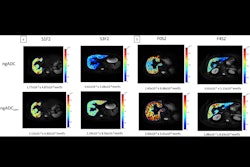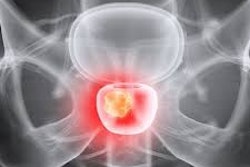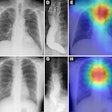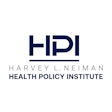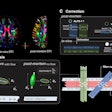More in Home
Is it time to ditch physical exams before ultrasound?
September 19, 2025
AAPM critiques study regarding CT before pregnancy
September 19, 2025
Mammography acquisition parameters affect both AI, radiologist reads
September 18, 2025
What prompts radiology department cancellations of imaging orders?
September 18, 2025
AI model detects achalasia on chest x-rays
September 18, 2025
Imaging linked to blood cancers in children and adolescents
September 18, 2025
Echogenic rind on breast ultrasound holds diagnostic significance
September 17, 2025
HPI: Office-based imaging studies are often repeated when read by NPPs
September 17, 2025
Sonography experts outline CEUS' advantages, opportunities
September 17, 2025
AI model uses mammograms to predict cardiovascular risk
September 17, 2025
White-matter microstructure influences the brain’s glymphatic system
September 16, 2025









